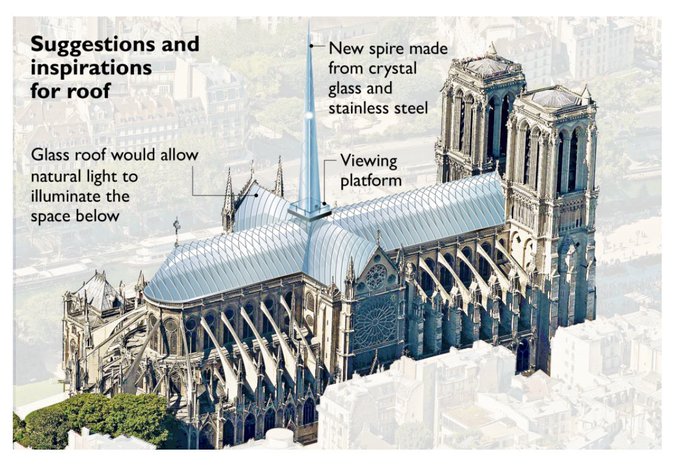Renters and Homeowners Consider their Options Given Low Mortgage Rates
Key Findings:
- An unprecedented number of renters (84%) believe renting is more affordable than owning, an all-time high for the survey and up 17 percentage points from February 2018.
- Regardless, affordability issues continue to affect renters more than owners, as 42% of renters paid more than a third of their household income on rent compared to 24% of owners on their mortgage.
- Given low interest rates, 40% of renters plan to purchase a home and 46% of owners plan to renovate in the next several months.
A new Freddie Mac (OTCQB: FMCC) survey shows that affordability remains top of mind for those individuals looking to rent or purchase a home. In fact, Freddie Mac’s “Profile of Today’s Renter and Owner” shows that while vast majorities of renters and owners believe their current living situation is the most affordable option, issues of affordability remain pervasive. The findings also document the impact of the current interest rate environment on buying preferences, and highlight the housing preferences of Baby Boomers in particular.
“The housing market is strong and, based on our survey, the low mortgage rate environment may inspire both renters and owners to make an educated move this spring,” said David Brickman, CEO of Freddie Mac. “While Baby Boomers tend to be satisfied with their current housing situation, younger generations are still struggling to determine whether to rent or purchase a home, largely due to lack of supply and affordability constraints.”
Renters Perceive Renting as More Affordable
When it comes to renting, the survey finds that an unprecedented number of renters (84%) believe renting is more affordable than owning, an all-time high for the survey and up 17 percentage points from just two years ago in February 2018. Additionally, a majority (62%) of renters continue to be satisfied with their rental experience, down slightly from 66% in 2018. In fact, 73% of renters feel that minor or no renovations should be made to their rental property—another strong sign they’re happy with their current rental.
However, while renters do feel renting is the more affordable option, the new survey does paint a concerning picture about many renters’ ability to make housing work within their family budget. Specifically:
- Forty-two percent of renters surveyed are currently cost-burdened, i.e., paying more than one-third of their income for rent, up eight points from just April of 2019. This is compared with only 24% of owners spending the same amount, a number that has not changed in recent years.
- Eighteen percent of renters are not interested in ever purchasing a home, up four points from August 2017.
- Renters are growing more concerned about their rent going up in the next 12 months (69%) and not being able to pay for their larger expenses (68%).
- Sixty-seven percent of renters have made spending changes or have moved to afford their monthly housing payment, up five points from April 2019. Among those who live in rural areas, 70% made changes to afford their monthly payment (up from 59% in April 2019). Eighty-two percent of renters in the “essential workforce” also had to adjust (up from 76% in April 2019).
- Half of all renters are finding it difficult to find affordable housing that is close to work, up 22% since April 2019. This includes 57% of essential workers, up 23% from April.
Interest Rate Environment
With mortgage rates near historic lows, both renters and homeowners are interested in taking advantage of low rates in the next several months. In fact, 40% of renters plan to purchase a home given current interest rates.
Forty-six percent of owners plan to renovate their home. In addition:
- Twenty-nine percent of owners plan to refinance;
- Twenty-seven percent would like to purchase a new home or additional investment property;
- Twenty-six percent plan to sell their current home and purchase a smaller one; and
- Twenty-four percent think it is likely they would sell and purchase a larger home.
The survey also finds that Baby Boomers are the least likely to take action in the low mortgage rate environment.
Boomers are Comfortable and Unnerved by Rate Changes
As compared to other generations, Baby Boomers stood out in the survey. As owners, they are highly satisfied (71%) with their overall experience and prefer to live in a small home (61%). Similarly, Boomer renters are more satisfied (50%) with their rental experience as compared to other generations (older Millennials 39%, Gen X 35%, younger Millennials 33%).
Further, growing portions of Boomer renters (27%) say they will never move, as compared to Gen X (9%) and Millennials (6%). The same is true for Boomer owners, with an increasing percentage (34%) saying they will never move, as compared to Gen X (18%) and Millennials (8%).
Freddie Mac contracted with Harris Insights & Analytics to conduct the online survey over a four-day period, beginning August 22. The poll collected data from 4,012 respondents over the age of 18, including 2,715 homeowners, 1,233 renters and 64 others. The data has been weighted to reflect the composition of the U.S. adult population. Additional findings from Freddie Mac’s survey can be found here.












/cdn.vox-cdn.com/uploads/chorus_image/image/63671266/nab1.0.jpg)
:no_upscale()/cdn.vox-cdn.com/uploads/chorus_asset/file/16188671/Nab2.jpg)
:no_upscale()/cdn.vox-cdn.com/uploads/chorus_asset/file/16188669/nab3.jpg)
